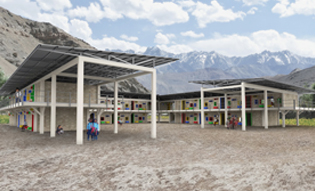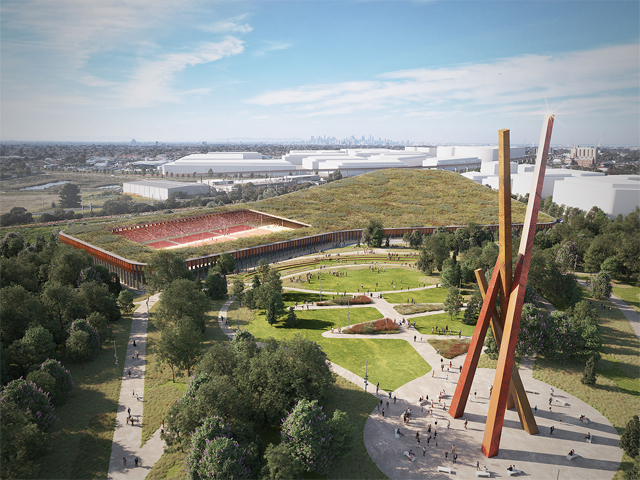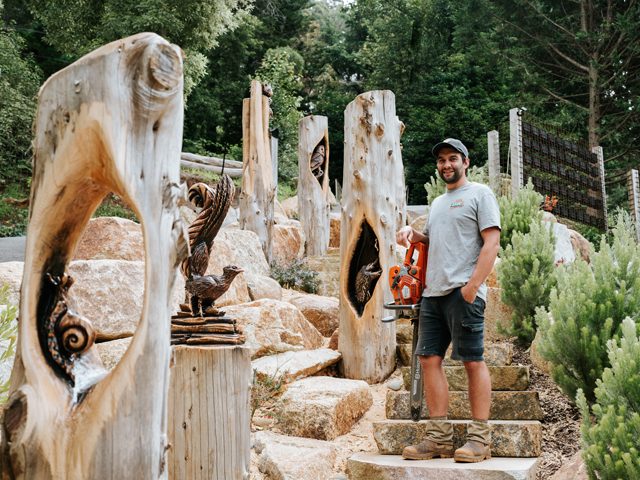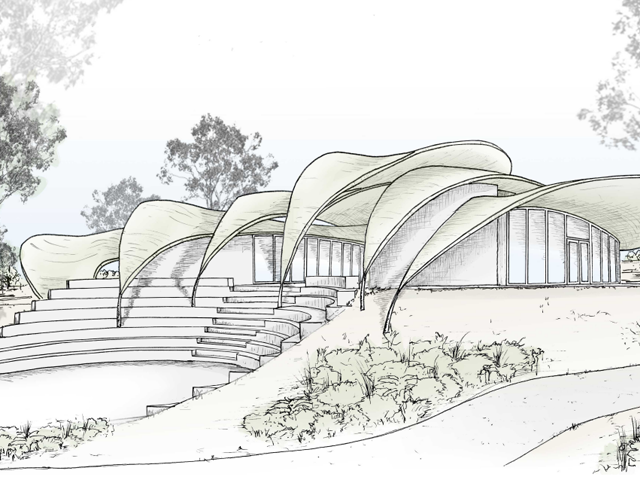50 SCHOOLS TO BE BUILT IN DEVASTATED REGIONS OF NEPAL
04 Jan 2016
Following the devastating earthquake that hit Nepal in 2015, fifty new ‘disaster resistant’ public schools will be built in remote regions, offering safe havens for the community and improving public education.

Following the devastation of the April 25, 2015 earthquake in Nepal, SHoP architects has partnered with Kids of Kathmandu and Asia Friendship Network (AFN) to help rebuild fifty public schools in the hardest hit areas. These new schools will not only replace those lost, but will also improve public education in remote regions of the country.




Conceived as a flexible system, adaptable to different site conditions and available resources, the structures are designed to ensure easy assembly with a limited kit of parts. The hope is that this approach will provide a model for non-governmental organisations to build safe and responsible full-service schools in other communities in the future.
Equipped with solar electricity generation, integrated water purification systems, new kitchen facilities, and wireless internet powering donated computers, the new earthquake-resistant school buildings will take a holistic approach to enhancing the children’s learning experience. In addition, these schools will serve as community centers — making their resources available after-hours, and even in some cases providing electricity and clean water to their respective villages. The schools are also designed to serve as safe havens in the event of other emergencies.
Incorporating concrete slab foundations and resilient steel truss roof systems, the new primary and secondary school buildings are designed from the ground up to survive future quakes intact. The design of the schools also forefronts the creation of an environment that supports learning and community engagement. Classrooms are arranged to provide ample light and air, with built-in storage units to maximise space, and materials chosen specifically to dampen noise and minimise distraction.
Each school will also contain a purpose-built library and kitchen, available to the community in times of need. Sheltered gathering spaces are created by the broad overhangs of the angled roof, and all exterior walls are left purposefully smooth and blank to encourage the vibrant local tradition of mural art.
Two different building systems have been designed for the primary and secondary schools depending on each school’s unique layout. The single-storey primary school buildings use locally-sourced earth brick construction in addition to the concrete and steel. This method of construction was chosen to make best use of local volunteer labor, enabling members of each community to participate in the building of its school. The two-story secondary school buildings combine compressed earth brick bearing walls with reinforced concrete columns.
Earth brick construction uses soil from the site to create the bricks themselves, saving cost on transportation and material — of particular importance given the remoteness of the sites, several of which are accessible only by canoe-ferry across local rivers. Compressed earth bricks, once cured, have the compressive strength of standard kiln-fired masonry bricks. This structural system creates a much more robust building solution than the predecessor schools that were lost in the quake.
“We’re always looking at ways to help people through design,” said SHoP principal Kim Holden. “In the past, we’ve provided plans for a pedestrian bridge at ground zero after september 11, and sent a team to design and build a community center for Delisle, Mississippi, a town that was ravaged by Hurricane Katrina. We were all struck by the news of the Nepal earthquake, but we didn’t know how we could help. When Kids of Kathmandu approached us, we were enthralled and immediately began to brainstorm possible design solutions. We will also be sharing the architectural designs online to assist other groups and communities in building safe and responsible schools without the added expense of architecture and engineering planning. This is really a kit of parts that can serve communities everywhere in times of need.’
An extensive list of international partners, guided by expert local Nepali staff, guarantees that a thoughtful and responsive approach is taken while rebuilding the schools. “Kids of Kathmandu and our partners have done a great deal of work to ensure the 50 schools we rebuild in rural Nepal will be safe and affordable,” explained Andrew Raible, Kids of Kathmandu’s co-founder and chief strategy officer. “Our design and engineering allows us to maximise our donors’ dollars to provide a 21st century educational experience and prepare the children for their future in this ever-evolving country.”

MORE NEWS

HARNESSING THE POWER OF DESIGN TO TRANSFORM CITIES

MASTERPLAN FOR INCLUSIVE, CLIMATE-RESILIENT COMMUNITY PARK IN LISMORE

MELBOURNE'S NEW PARK ON A FORMER LANDFILL SITE

STRIKING GOLD IN BALLARAT

WOOD CARVING WITH BRANDON KROON

